A Rush For Rush
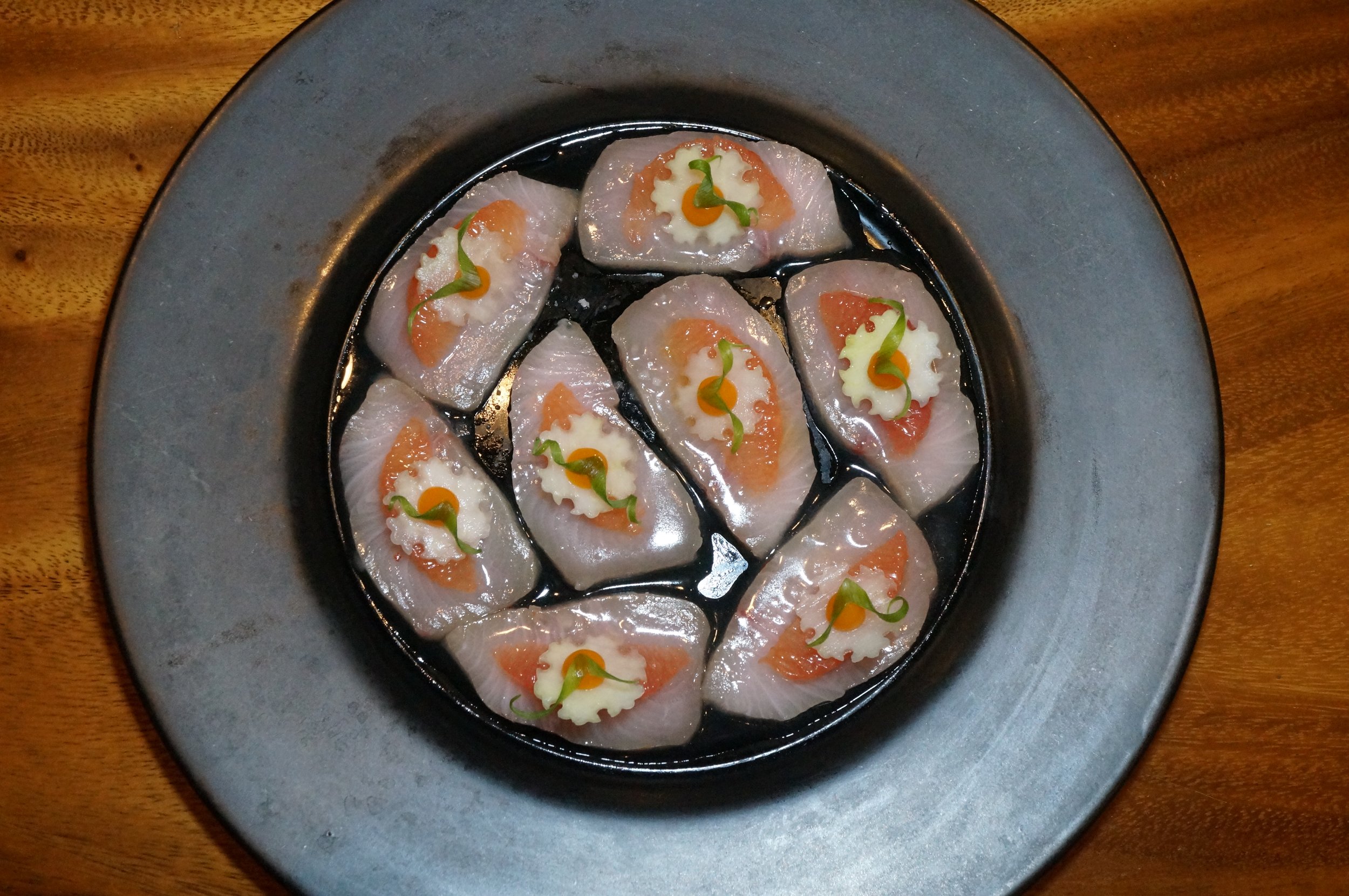
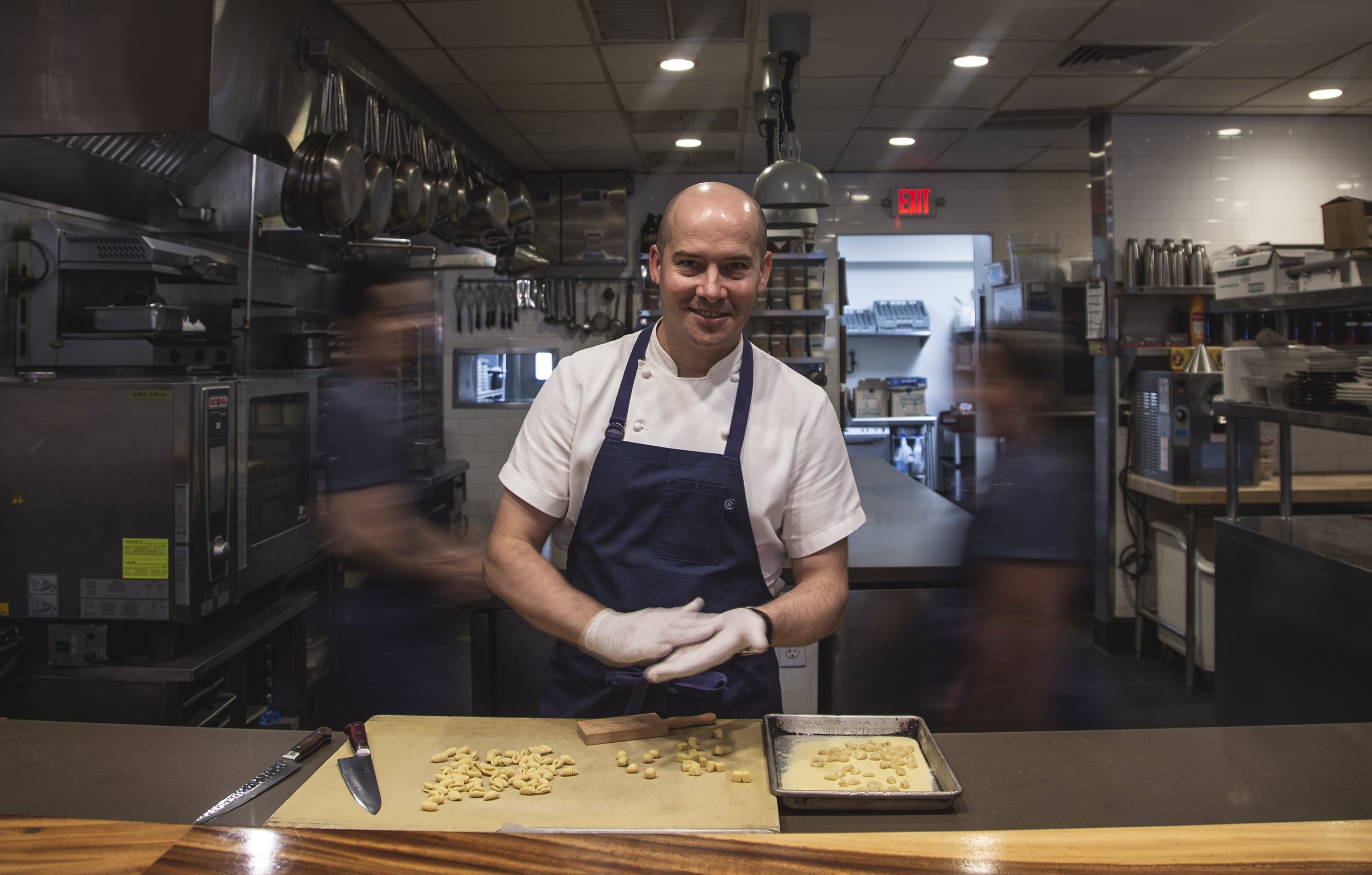
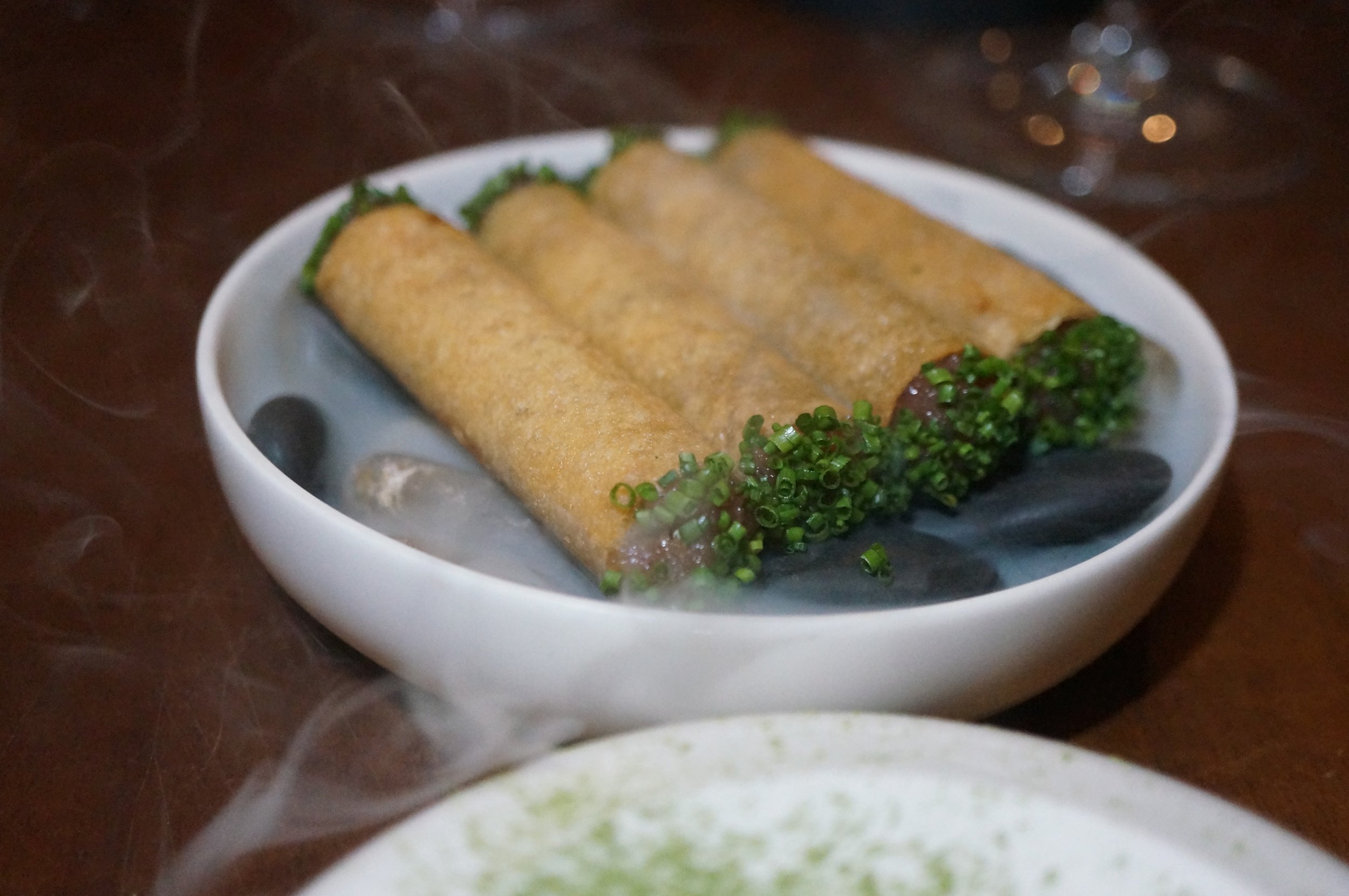
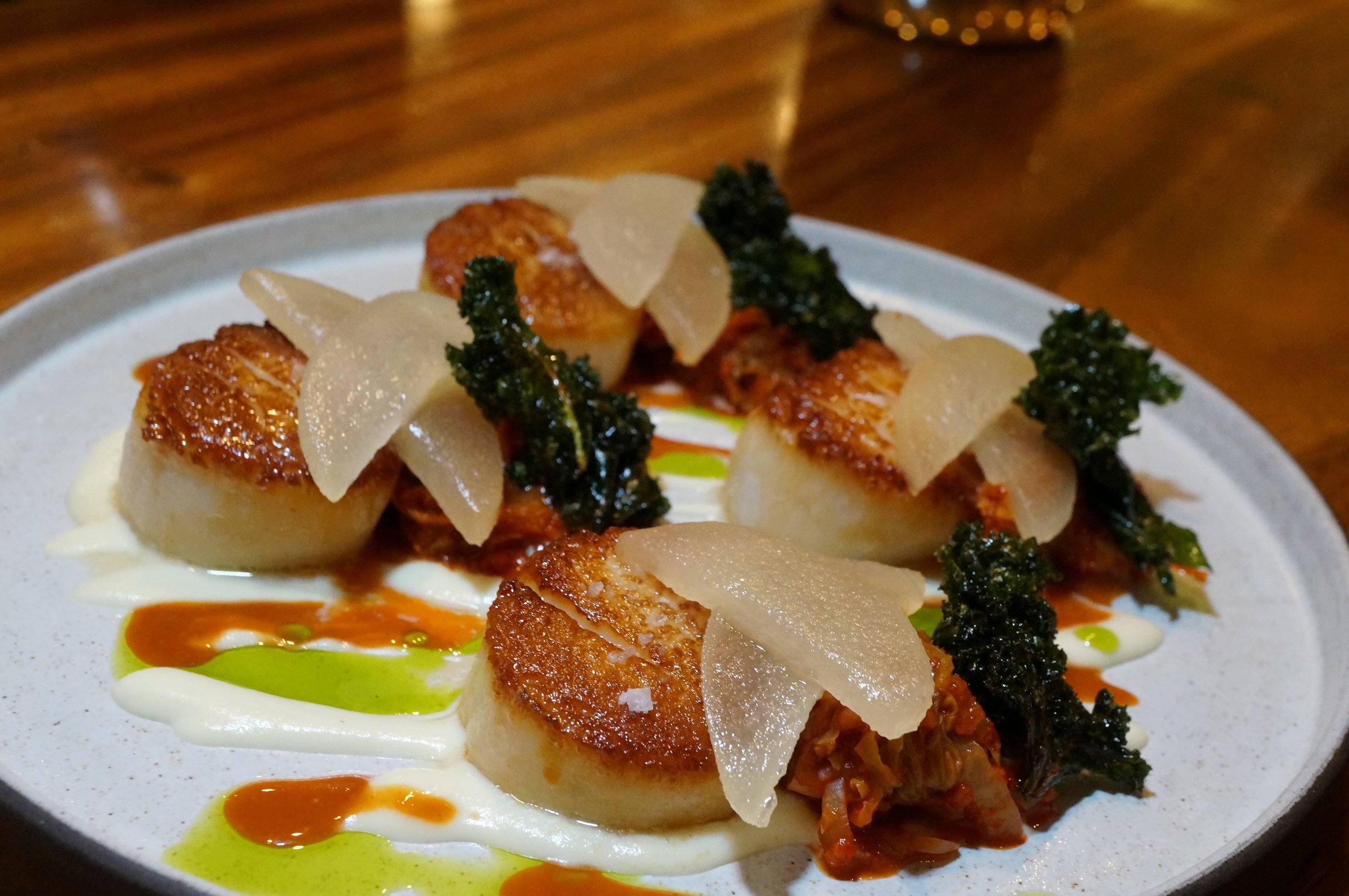
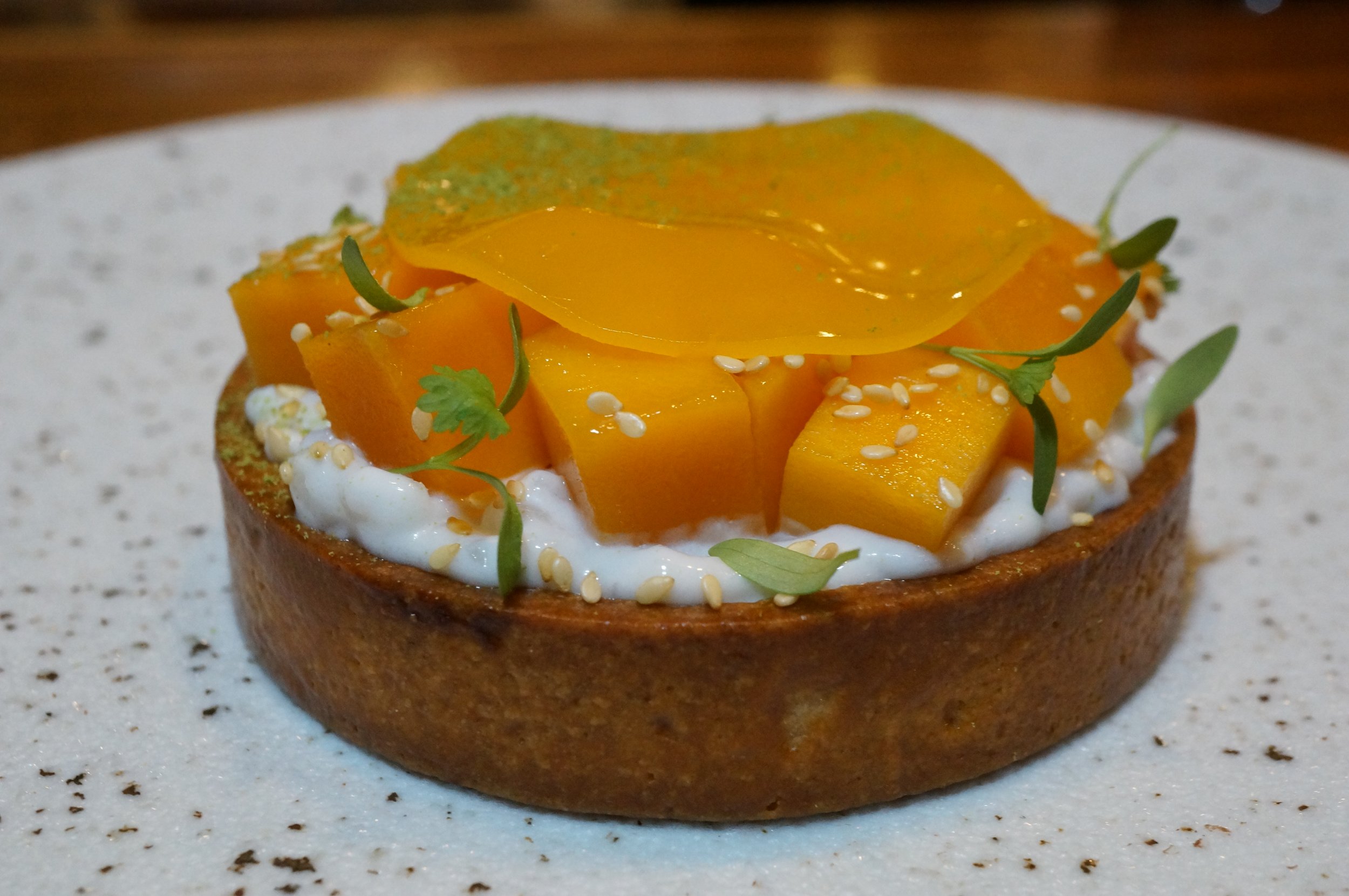
Anthony Rush uncovers a ceramic bowl, emancipating wisps of smoke into the air while revealing ‘ahi “cigars”— minced tuna scented with tamarind and neatly packaged in brick pastry pirouettes, the caps and tucks crusted in minced chives. At Senia, the culinary arrangements always beguile with aesthetics and taste, but recently, something strikes me as different. Despite a lengthy dining room closure with the only revenue generated being from a take-away program more laborious than lucrative, Rush is happier than ever, and that reignited passion is beautifully infused into his cuisine.
Chef is inaugurating an exhilarating chapter. After recently re-opening Senia for dine-in as the top-billing chef, Anthony Rush is slowly emerging from the eclipse of the pandemic and host of other challenges. His name is now more suitably an aptronym, as he basks in a state of brightened euphoria, spurred on by a sudden throng of patrons who are hastily filling up the books with subsequent reservations for his refreshed menu.
Having a moment with chef, and burrowing past his quiet pensive demeanor, I find that his dishes deliver many revelations. I now can fathom beyond the meticulous layers of his citrus-cured hamachi and grapefruit supremes drizzled with a subtly smoky charcoal oil, crowned with carved kohlrabi, and adorned with a tart citrusy-flavored droplet of fluid sea buckthorn gel. How each dish is a reflection of his background, experience or reverence toward his staff is suddenly transparent.
Born in Hampshire but raised in Cornwall, Rush found an ardor for cookery when he was just 5 years old and started touring the stars from the age of 16. In his teens, he started as a commis and progressed to chef de partie at The Horn of Plenty in Devon to witness the restaurant receive its first Michelin star. Moving to Cheltenham, he became sous chef of a two-person team at Le Champignon Sauvage and helped wrangle in a second star during his three-and-half-year tenure.
Jumping across the pond in 2002, Rush rebooted his career by descending to
the role of commis, but this time under the watchful eye of Thomas Keller at The French Laundry and the then-newly opened Per Se. An expired visa forced him to return to England, and for one year he studied molecular gastronomy at The Fat Duck under Heston Blumenthal, a titan of multisensory cooking. But his heart longed for America, and a three-year visa to Per Se afforded him the position of sous chef. However, he opted to work as chef de partie to learn every station while gaining the staff’s respect as he reverted to more classical French disciplines. Kismet awarded him with the opportunity to meet his coup de foudre, Katherine Nomura, who was being groomed to manage the front of house.
Living beyond his means in New York, Rush returned alone to the UK where he secured a position as a private chef for an affluent family in London. Two years of producing comfort food proved little contest for the ambitious chef and he feared a growing complacency while earning a healthy salary. After transforming his long-distance relationship with Katherine to a more intimate one living in London, he envisaged opening his own establishment but felt the need to transition back into the restaurant scene first. He took a consultant position with Soho House for six of their restaurants before accepting the head chef job at the one-Michelin Fera at Claridge’s. However, just as he grew enervated by London’s bustling pace, Rush was presented with an opportunity to become a part of Senia in 2016.
While it still seems premature for many to be ecstatic about the business climate as we emerge from the pandemic, Rush seems to be more jubilant than I recall, presenting a menu of his own design. Rush seems thrilled to craft cuisine influenced from his upbringing, incorporating English mainstays such as salmon and game, manifested into creamy chopped gravlax and cucumber cradled in crimson beet rice crackers, and Maui venison tartare covered in hay ash and globules of rhubarb gelee with leaf-shaped wheat crackers. Other dishes pull inspiration from his past métiers, including a sumptuous English pea agnolotti tossed in an emulsified butter sauce balanced with a vinegared acidity, and accented with crispy fried prosciutto, earthy truffles and briny trout roe—the flat pasta being something he cultivated during his time at The French Laundry. The five-spice beef cheeks are an adaptation of a dish from Le Champignon Sauvage, replacing pork belly with beef braised in a chicken stock scented with ginger, garlic and soy, and patched with fresh mint, basil and cilantro leaves, which are all to be stuffed into red pepper bao buns with housemade carrot and jalapeno pickles and a nectarous lemon and date chutney.
He is likewise gratified with collaborative presentations with his team that are not quintessentially English, sometimes with integrated Asian influences. I am particularly taken with the Maine sea scallops brandishing perfectly caramelized tops over a tapestry of parsnip puree, kimchi dressing, and kale oil, as they lie beside hummocks of kimchi and crispy kale capped with slivers of sake-compressed Asian pear—a recipe conceived by his sous chef Jeremy David. The desserts by Mimi Mendoza are nothing short of divine, especially the mango tart made with cubed golden glows flecked with micro-cilantro mounted over white chocolate and coconut rice pudding in a sesame crumble hull.
The anticipation of opening his bar Podmore also keeps him in high spirits, no pun intended. His gracious landlord, also part of the investor pool, is furnishing him with the opportunity to incubate his “brunch by day, cocktails by night” lounge in the nationally historic Joseph W. Podmore Building established by a British sailor in 1902. Reimagined Benedicts, waffles and French toasts presented with panache on European plateware during the day will transition to an evening of classic and inventive signature cocktails crafted with a culinary mindset that will deliver the unexpected. Rush recommends the gin and tonic, which he promises will transform a predictable libation into a novel experience.
Even the self-deprecating Englishman is experiencing a moment of exultation, one that he hopes guests will relish. “I know we’re not the best restaurant in the world; I just do what I do and I hope that makes people happy.” I suspect that he is quite triumphant, with a reservation there being highly coveted in town. After all, he is able to extenuate the harsh realities of the pandemic with gastronomic gasps of awe and subsequent moments of bliss, something with which the intoxicating cuisine and inspired potations have much to do.
